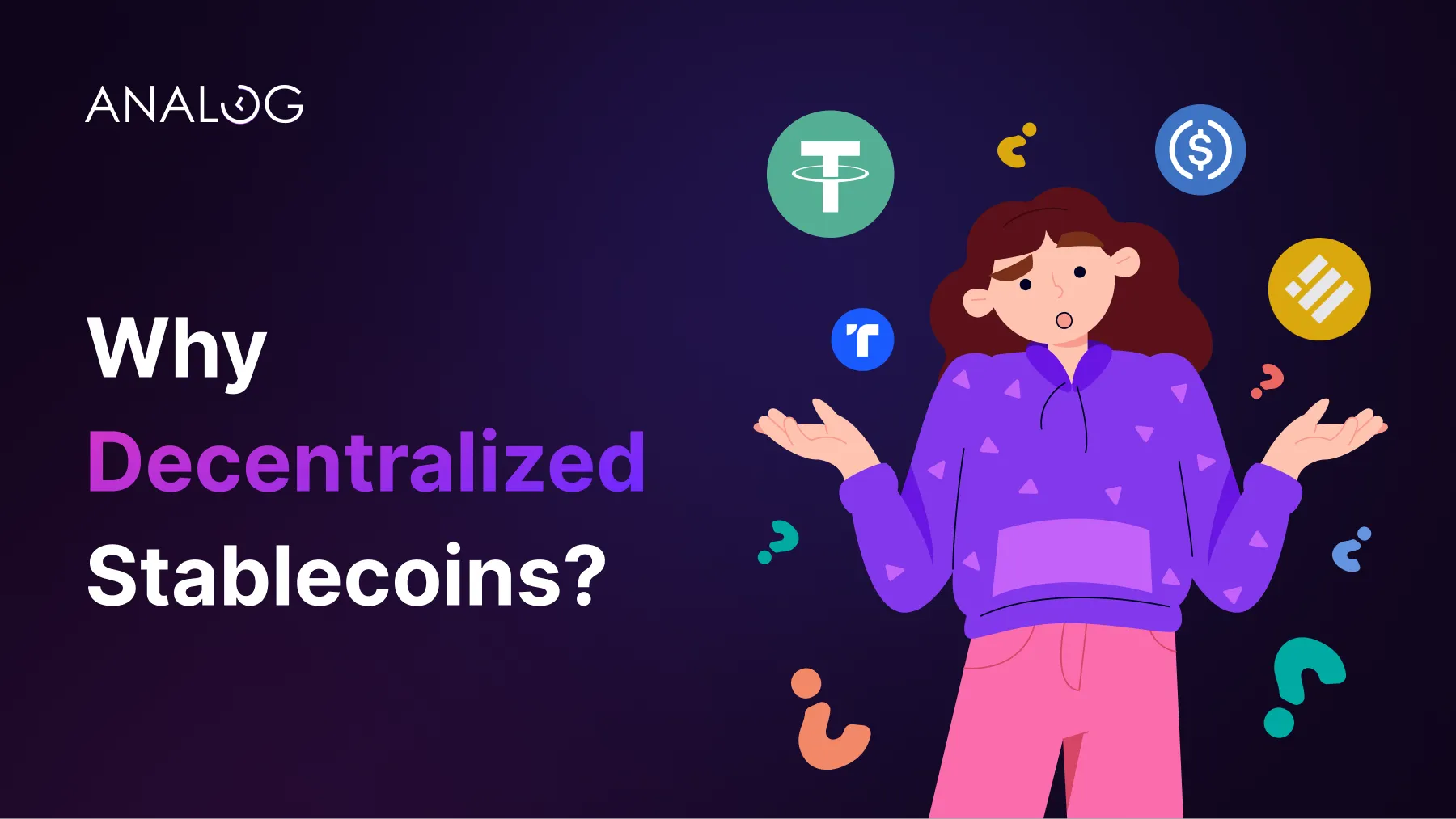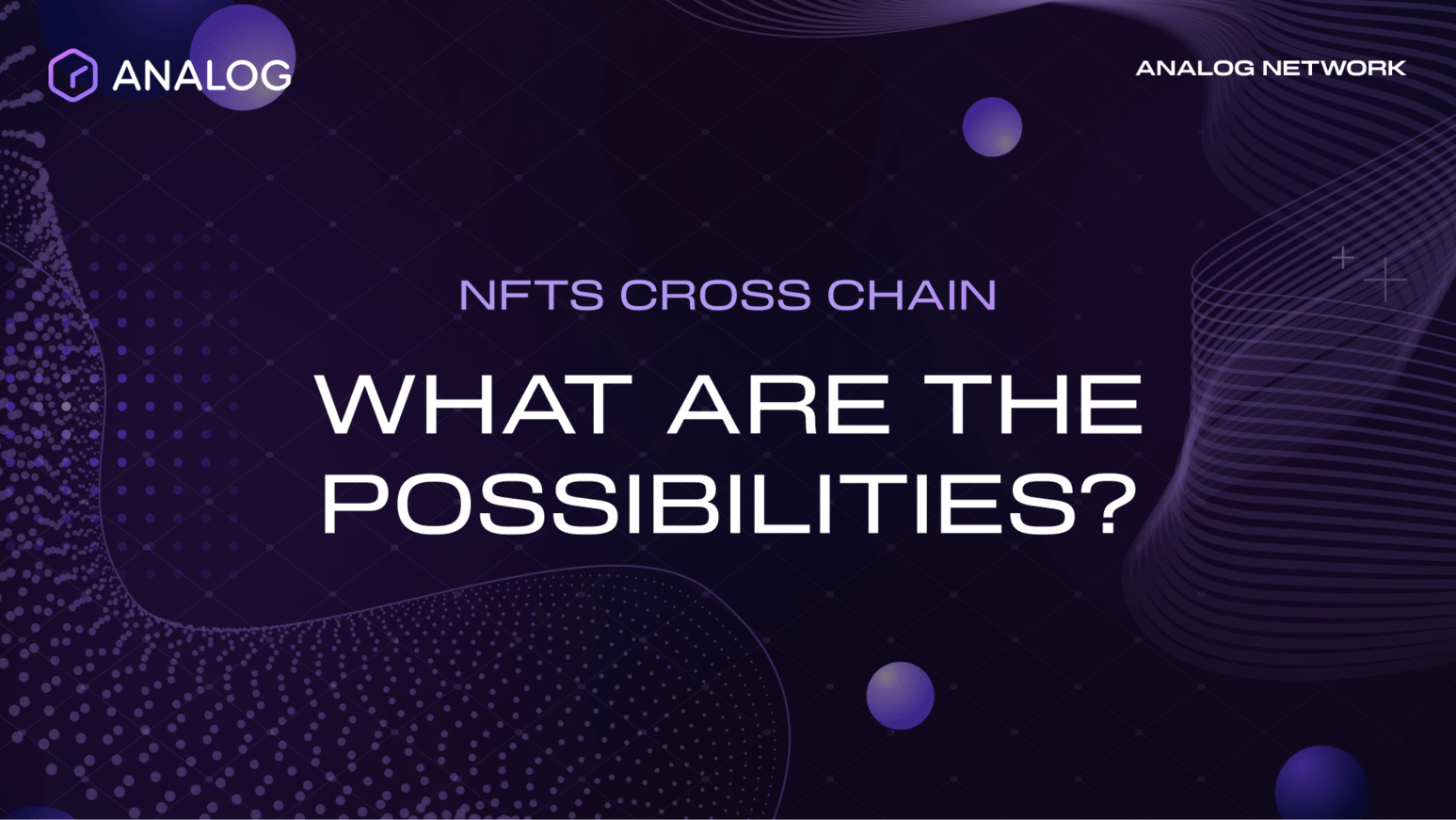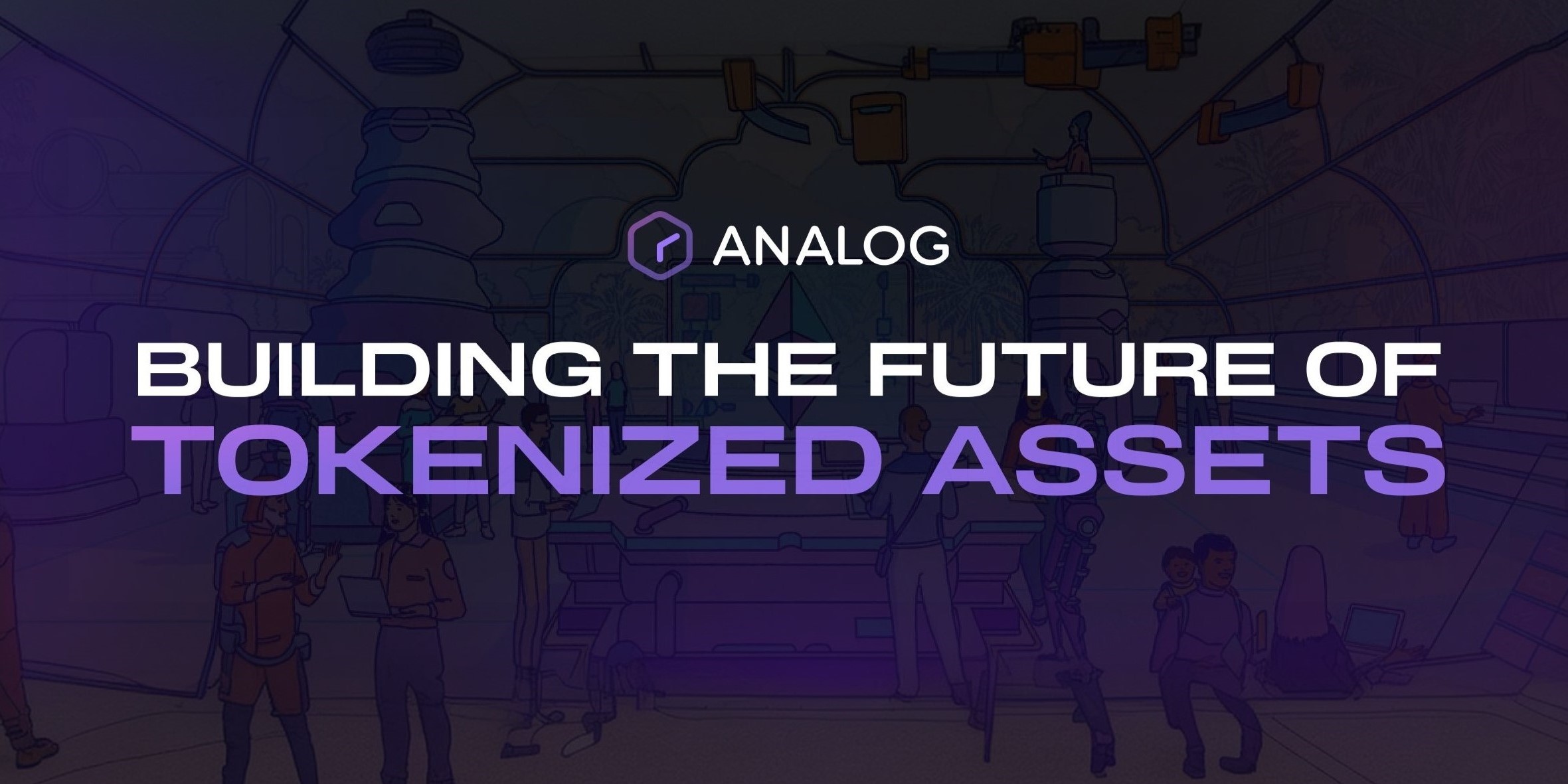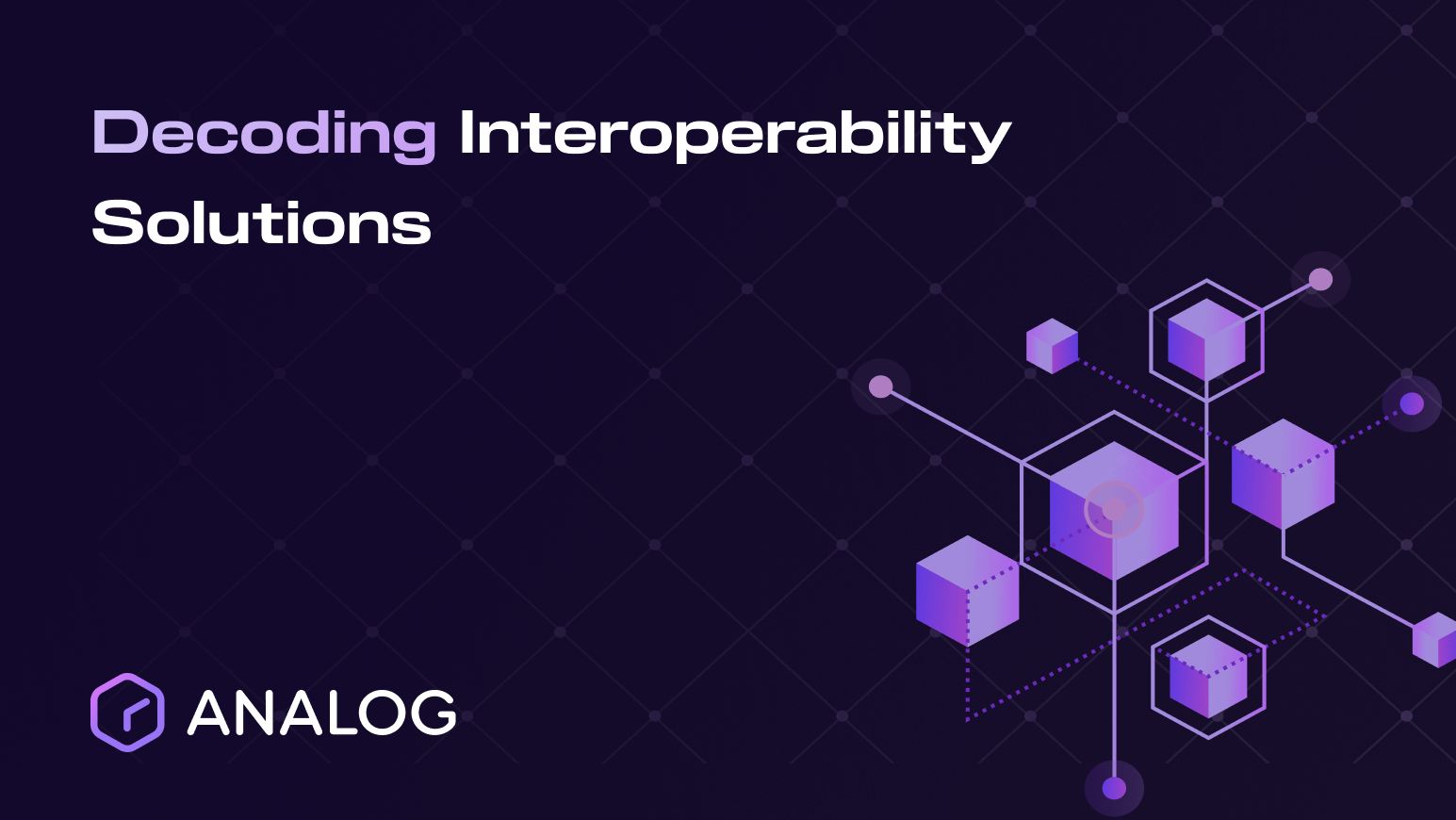
Stablecoins are essential in a shifting Web3 space. They protect investors and traders against massive market swings. The unveiling of stablecoins has raised the trust levels in the crypto space, boosting the mass market adoption of digital assets and blockchain, their underlying technology.
However, the explosive growth in Web3 — characterized by the rise of decentralized finance (DeFi) — is also causing serious growing pains in the sector. Some of the biggest challenges hampering mainstream adoption of the technology lie with centralization, which defeats the technology’s original purpose as a shared ecosystem.
For users, decentralization alleviates the need for trusting centralized entities in the system. In the wake of increased DeFi risks, characterized by stablecoin incidents like the recent USDC depeg, there is no question that decentralization holds many advantages over centralized control structures. In this post, we explore centralized versus decentralized stablecoins and why decentralized stablecoins make more sense now than ever before.
Centralized vs. decentralized stablecoins
Stablecoins are exactly what they sound like — price-stable cryptocurrencies. They are less prone to the typical fluctuations that other virtual currencies are often known with. The stability in stablecoins is achieved by pegging their value to an underlying asset. The U.S. dollar (USD) is the prominent stablecoin peg because it is the global standard for fiat currency.
There are three basic categories of stablecoins: fiat-collateralized, which are pegged to fiat currencies; crypto-collateralized, which are pegged to crypto assets; and algorithmic stablecoins, which are programmed to respond to supply and demand forces via a pre-defined peg. In terms of centralization, stablecoins can be grouped into broad categories: centralized and decentralized stablecoins.
Centralized stablecoins
Centralized stablecoins, as the name suggests, are usually collateralized off-chain by centralized entities. They are usually connected with a third-party custodian, such as a bank. Their stability is achieved through a 1:1 backing of tokens liabilities with the corresponding asset. You can think of centralized stablecoins as simply tokenized I owe you (IOUs) deployed onto a blockchain like Ethereum or BNB Chain. Under this model, you can mint the stablecoin by depositing an equivalent fiat currency in the custodian bank and redeeming or burning the tokens to recover your fiat money.
Some examples of centralized stablecoins include:
USDC: USDC is a centralized stablecoin founded by CENTRE, a joint venture between Coinbase and Circle — a fintech company based in Boston, Massachusetts. The stablecoin was initially launched on Ethereum as an ERC-20 token but has since been expanded to other blockchain platforms like Binance, Avalanche, and Solana. You can redeem each USDC for 1 USD, which is backed by 1 USD or a dollar-denominated asset. These assets have equivalent values held in regulated U.S. banks.
Tether (USDT): Tether — also called USDT — is a centralized stablecoin issued by Tether Limited Inc — a Hong Kong-based company that also owns the Bitfinex cryptocurrency exchange. Like USDC, USDT is also pegged to the USD and backed by Tether’s reserves.
TrueUSD: TrueUSD is a fiat-collateralized stablecoin founded by TrustToken that keeps reserves in third-party escrow accounts to maintain its peg to the USD. TrueUSD runs on the Ethereum blockchain as an ERC-20 token and corresponds on a 1:1 basis with USD.
Decentralized stablecoins
Unlike centralized stablecoins, which are managed by single entities, decentralized stablecoins are managed by multiple control points instead of a single entity. Since they are non-custodial, decentralized stablecoins usually have more transparency than their centralized counterparts. For example, any collateral that backs the decentralized stablecoin is accessible to users through a smart contract system, so they know that it really exists even though they shift the risks to the underlying code. This is unlike the centralized stablecoins, where centralized financial institutions like SVB play a major role in backing the asset.
Collateralized-Debt Positions (CDPs) like MAKERDAO and Alchemint are some examples of decentralized stablecoins. In the case of MAKERDAO, DAI — the platform’s overcollateralized stablecoin — is pegged at a 1:1 ratio with the USD, and the Maker protocol lending system provides a framework for the minting of DAI and maintaining it to the USD.
Collateral-Redemption Coins (CRC) are another example of decentralized stablecoins. They are similar to CDP-based tokens in the sense that both of them are created when users deposit some tokens that serve as collateral into a pool. However, while CDP-based coins allow users to receive all the stablecoins for all the collateral they have deposited, CRC-based tokens let users receive a percentage of funds from their collateral without paying any penalty or stability fees. Reserve Protocol is one such example of CRC-based coins.
The need for decentralized stablecoins
While the merits and demerits of stablecoins may be open to debate, their meteoric rise isn’t. As of this writing, stablecoins have a cumulated market capitalization of over 133 billion USD. Out of this figure, USDT, USDC, and BUSD, which are essentially centralized stablecoins, have a cumulated market capitalization of over 122 billion USD, representing over 90% of the total stablecoin market capitalization.
To help us understand why all we need is to look at the history of the U.S. dollar. The U.S. dollar was once a stablecoin pegged to gold through a system known as the gold standard. The gold standard system worked well for some time, allowing the greenback to establish itself as an asset. However, between 1900 and 1932, the U.S. entered World War 1 and faced several economic challenges leading to bank runs. In addition, seasonal occurrences requiring large amounts of USD, like crop harvests, also strained the banking system’s ability to supply cash to cover increased demands. The U.S. government abandoned the gold standard because of these challenges. And by the time the U.S. economy grew bigger, it needed a more flexible system than what the gold standard afforded.
This is the same predicament that stablecoins in the crypto industry find themselves in. In the case of USDC stablecoin, you need USD in the bank to mint USDC. With the right regulatory policy, this may work well, enabling stability and allowing people to trade in the stables. However, things can get complicated if the regulator or the management team of the centralized entity fails in their responsibilities, as was the case with Silicon Valley Bank (SVB) and Signature Bank. Considering the growing risks and uncertainties in the regulatory environment, decentralization is the only component available to stablecoins if the crypto space is to achieve its intended goals with stablecoins. In a sense, decentralized stablecoins tend to be more reliable and secure than their centralized counterparts and can promote mass adoption in the Web3 space.
Analog Network’s blueprint for Web3
Just like the Terra Luna Fiasco, the sudden collapse of SVB and Signature Bank — major banks holding some of the USDC’s reserves — is an eye-opener for the entire Web3 space. The failure of U.S. regulators to rein in these banks in good time is a reminder that Web3 products and services need to wholly embrace decentralization to remain sustainable in the long term. To deliver decentralization in Web3 — as envisioned by the early blockchain concept — the developer community must have access to the right infrastructure and toolset. Analog is building an omnichain infrastructure toolset consisting of a decentralized set of validators, software development kits (SDKs), and APIs that would allow swift and secure message passing across any connected blockchain. Decentralized application (DApp) developers can use Analog’s SDK to seamlessly build omnichain-based applications — including stablecoins, decentralized exchanges (DEX), and multi-chain yield aggregators — that are accessible from any blockchain that Analog is live on.










